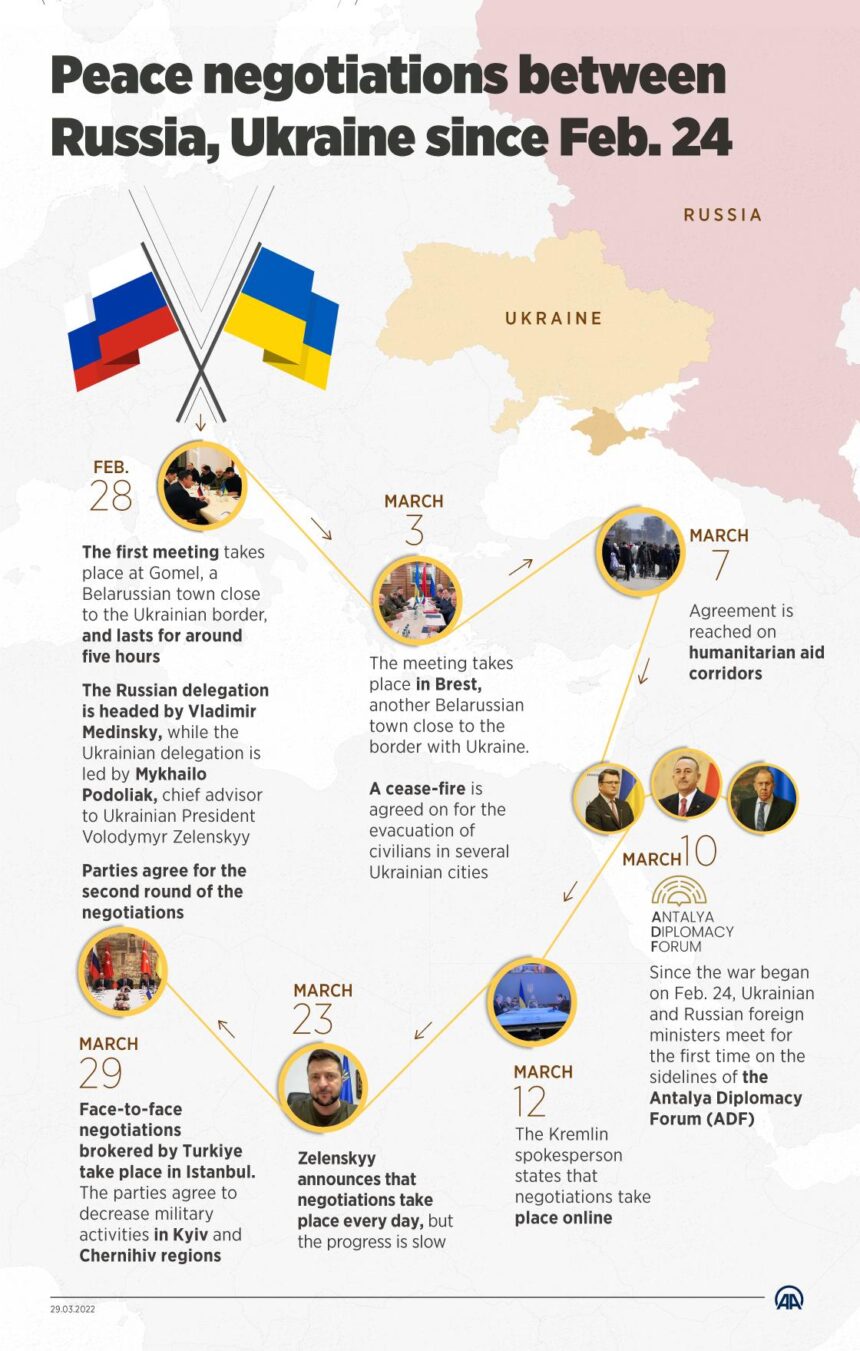Diplomatic Efforts at Mar-a-Lago: Russia-Ukraine Peace Prospects Remain Uncertain
In a recent high-profile summit convened at former President Donald Trump’s Mar-a-Lago estate,prominent European leaders gathered with the aim of advancing peace negotiations between Russia and Ukraine. Despite the intense diplomatic engagement, no definitive agreement has emerged, highlighting the persistent complexities and entrenched disagreements that continue to impede progress.The international community remains attentive, recognizing that the outcomes of these discussions could profoundly influence the geopolitical stability of Eastern Europe.
Unresolved Issues Stall Russia-Ukraine Peace Negotiations
Even though the summit marked a rare convergence of influential European figures on U.S. soil, the elusive nature of a concrete peace deal underscores the formidable challenges ahead. Official communications and insider reports reveal that fundamental disputes remain, preventing any clear roadmap toward resolution.Key sticking points include:
- Territorial sovereignty: Disagreements persist over the official recognition of borders,particularly concerning Crimea and the Donbas region.
- Security assurances: Parties differ on the scope and enforcement of measures designed to prevent future hostilities.
- Sanctions policy: The conditions and timing for lifting economic sanctions remain contentious and uncertain.
| Issue | Current Status | Meaning |
|---|---|---|
| Border Recognition | No agreement | Core political hurdle |
| Security Framework | Ongoing talks | Vital for mutual trust |
| Economic Sanctions | Conditional | Instrument for compliance |
European Union Advocates for a Holistic Peace Strategy
Following the summit, European Union officials emphasized the necessity of a thorough and nuanced approach to resolving the conflict. They cautioned against oversimplified solutions, advocating instead for a strategy that integrates political negotiation, economic stabilization, and humanitarian relief. This multifaceted framework aims to address the conflict’s root causes while supporting affected communities and maintaining long-term regional security.
The EU’s priorities include:
- Broad-based diplomacy: Ensuring inclusive dialog that incorporates voices from Ukraine, Russia, and neighboring states.
- Humanitarian initiatives: Scaling up aid delivery and reconstruction efforts in devastated areas.
- Security protocols: Establishing enforceable measures to deter renewed aggression and protect sovereignty.
| Area of Focus | Strategic Actions |
|---|---|
| Political Engagement | Sustained, multi-tiered negotiations |
| Economic Policy | Targeted sanctions and financial aid for rebuilding |
| Humanitarian Relief | Medical assistance and civilian protection programs |
Obstacles in Resolving Territorial and Security Disputes
The deadlock in negotiations largely stems from the rigid stances held by Moscow and Kyiv regarding territorial claims and security guarantees. Russia’s demand for formal acknowledgment of its control over Crimea and parts of eastern Ukraine directly conflicts with Ukraine’s insistence on full sovereignty over its internationally recognized borders. European leaders attending the summit faced the delicate challenge of mediating these opposing views while striving to uphold regional stability.
Complicating matters further, proposed security arrangements from Western parties include:
- Creation of demilitarized buffer zones along disputed frontiers.
- Deployment of impartial international observers to monitor adherence to agreements.
- Legally binding non-aggression treaties under global oversight.
Despite these proposals, skepticism remains high regarding enforcement capabilities and the risk of renewed conflict if guarantees fail. The fragile nature of the current diplomatic environment is reflected in the tentative scheduling of future talks, signaling that substantial groundwork is still necessary before a durable accord can be reached.
Specialists Advocate for Gradual Peacebuilding with Global Oversight
Experts in conflict resolution recommend adopting a phased approach to peace negotiations, emphasizing incremental progress coupled with sustained diplomatic pressure. This method would initiate with localized ceasefires and trust-building initiatives, gradually advancing toward comprehensive political dialogue and formal agreements. Historical examples, such as the Northern Ireland peace process, demonstrate the effectiveness of stepwise confidence-building in achieving lasting peace.
Integral to this strategy is the establishment of robust international monitoring systems tasked with impartial verification and clear reporting. These bodies should comprise representatives from diverse nations and international organizations to ensure credibility and neutrality. Essential features of effective monitoring include:
- Multinational portrayal: Inclusion of stakeholders from various geopolitical regions.
- Real-time surveillance: Utilization of advanced technologies to track ceasefire compliance and troop movements.
- Enforcement mechanisms: Clearly defined consequences for violations to deter breaches.
- Transparent communication: Regular public updates to maintain international engagement and accountability.
| Phase | Primary Activity | Monitoring Objective |
|---|---|---|
| 1 | Localized ceasefires | Ensuring adherence to ceasefire agreements |
| 2 | Disarmament efforts | Inventory and removal of weapons |
| 3 | Facilitation of political talks | Guaranteeing safe, inclusive negotiations |
| 4 | Implementation monitoring | Long-term compliance and enforcement |
Conclusion: Ongoing Dialogue as the Path Forward
As diplomatic efforts continue to unfold following the Mar-a-Lago summit, the specifics of any Russia-Ukraine peace agreement remain uncertain. While the meeting succeeded in assembling key European leaders to reinvigorate dialogue, tangible breakthroughs have yet to be achieved. The global community remains hopeful that persistent engagement and strategic patience will eventually yield a durable resolution, bringing stability to a region long marked by conflict.
